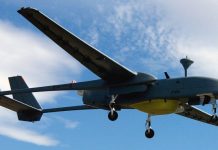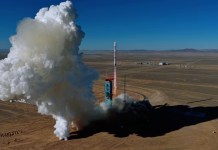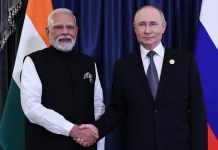A new ranking by the World Directory of Modern Military Aircraft (WDMMA) has surprised everyone by ranking India above China in terms of air power.
While it is heartening to see the Indian Air Force ranked above China, New Delhi must not get carried away. This is even more important given that India and China are not only neighbours, but they also share an over 4,000 km-long contested border.
India and China fought a full-fledged war in 1962 and had serious border confrontations in Nathu La, Sikkim (1967), Doklam (2017), and in Galwan (2020). A future armed conflict with China can not be ruled out despite recent Modi-Xi bonhomie.
India also needs to be prepared to counter Chinese aerial power on its Western front with Pakistan, as happened during Operation Sindoor, when the Indian Air Force (IAF) not only faced Chinese aircraft, such as the J-10CE and JF-17 Thunder, and Chinese missiles like the PL-15, but also the Chinese air battle doctrine.
Any misjudgement, wrong assessment, or overconfidence can have deadly consequences.
For instance, as per a Reuters report, the reason the IAF lost a few aircraft during the brief war with Pakistan in May might have been an intelligence failure in assessing the real capabilities of the Chinese long-range air-to-air missile, the PL-15.
According to the report, the IAF Rafale pilots underestimated the range of the Chinese-made PL-15 missile fired by the J-10.
“Central to its downing was an Indian intelligence failure concerning the range of the China-made PL-15 missile fired by the J-10 fighter rather than the performance of the Rafale,” it said.
“The faulty intelligence gave the Rafale pilots a false sense of confidence that they were out of Pakistani firing distance, which they believed was only around 150 kilometers…The PL-15 that hit the Rafale was fired from around 200 kilometers away.”
Even though the Reuters story was based on unidentified sources, and India has not confirmed that it lost any Rafale fighter jets to enemy fire, no one can deny the criticality of understanding your adversary’s strengths and weaknesses.
The WDMMA 2025 Rankings
According to the WDMMA 2025 rankings, the United States Air Force (USAF) remains at the top, followed by Russia in second place.
The WDMMA ranks air forces according to their TruVal Rating (TVR), a complex combination of aircraft numbers, technology, operational readiness, combat performance, pilot training, and overall balance of the force, which is the delicate balance between combat aircraft, trainers, attack helicopters, tankers, AWACS, transporters, fighter bombers, and special purpose aircraft.
“The WDMMA annual ranking utilizes a formula which takes into account values related to total fighting strength of the various air services of the world. The formula produces the ‘TruVal Rating’ (TVR), helping to definitively separate each power based on – not only overall strength – but modernization, logistical support, attack and defense capabilities, and so on,” says WDMMA, explaining its ranking rationale.
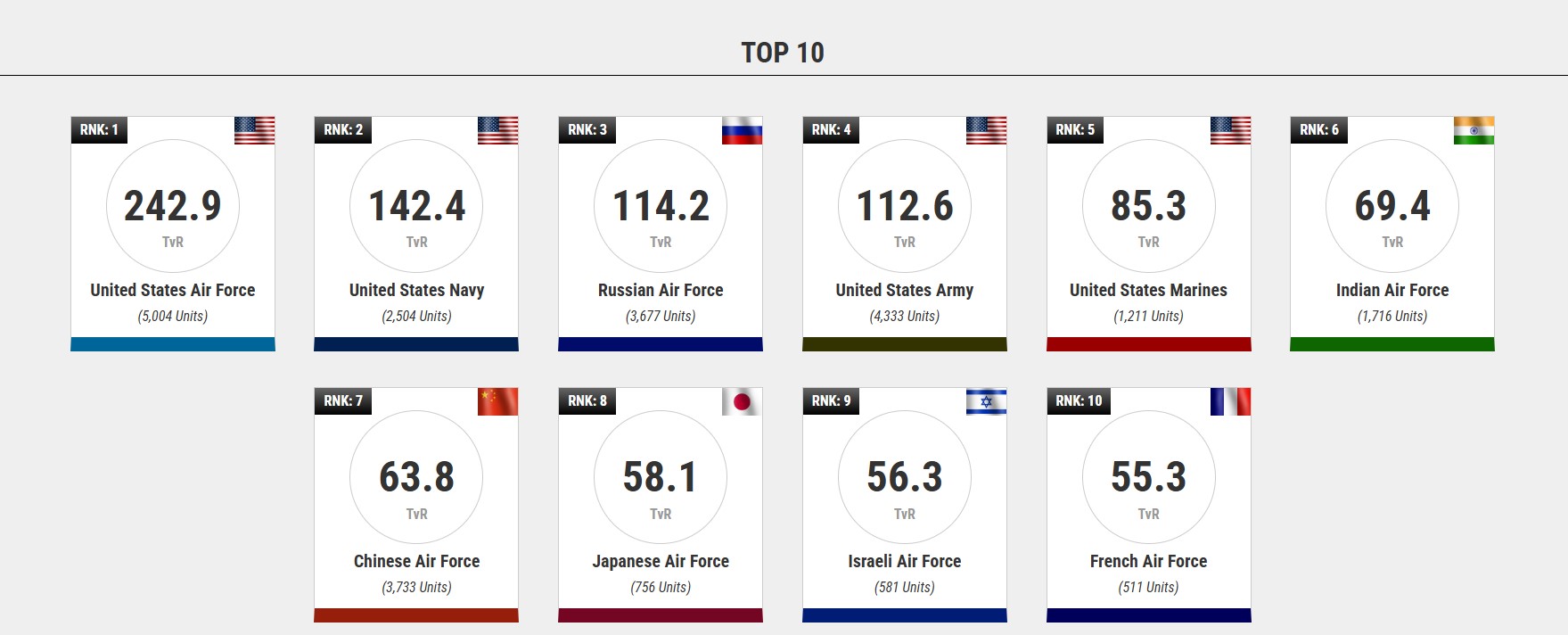
“In this way, a power is not simply assessed on its total quantity of aircraft but rather its quality and general mix of inventory. Greater weight is given to categories generally overlooked by some powers, namely special-mission, dedicated bomber force, CAS, training, and on-order units.”
“Beyond this is a focus on local aero-industry capabilities, inventory balance (general mix of unit types), and force experience,” it added.
According to the list, the USAF has a TVR of 242.9, and Russia is a distant second with a TVR of 142.4.
India comes third with a TVR of 69.4, slightly ahead of China, which has a TVR of 63.8.
Japan is ranked fourth (TVR 58.1), followed by Israel (56.3), France (55.3), the UK (55.5), South Korea (53.5), and Italy (51.9).
Thanks To Pakistan, India Leads China?
Incidentally, in the WDMMA 2024 rankings, the IAF ranked fourth, behind China’s PLA Air Force (PLAAF), which ranked third.
A significant factor behind the IAF’s ranking upgrade was Operation Sindoor, the brief four-day war with Pakistan in May this year. Clearly, India’s military ops against Pakistan have elevated the IAF’s rankings!
During the conflict, the IAF demonstrated its stand-off precision-strike capabilities. The IAF was able to hit nine terror camps, 11 Pakistani air bases (including hangars and runways), and ground radars, with pinpoint accuracy.
Furthermore, the IAF was able to hit high-value targets across the length and breadth of Pakistan when the Pakistan Air Force (PAF) was in a state of highest alert.
Pakistan’s China-based air defense systems and sophisticated electronic warfare measures were unable to stop Indian air strikes.
Additionally, as per the IAF claims, the PAF also lost about 12 aircraft during the brief war, both in the air and on the ground, including the F-16, the JF-17, and an AEW&C aircraft, which, according to the IAF, was the longest surface-to-air kill in history.
“The longest kill we achieved was of more than 300 km inside their territory. Our robust air defence infrastructure turned the tables,” the IAF chief, Air Chief Marshal Amar Preet Singh, said.
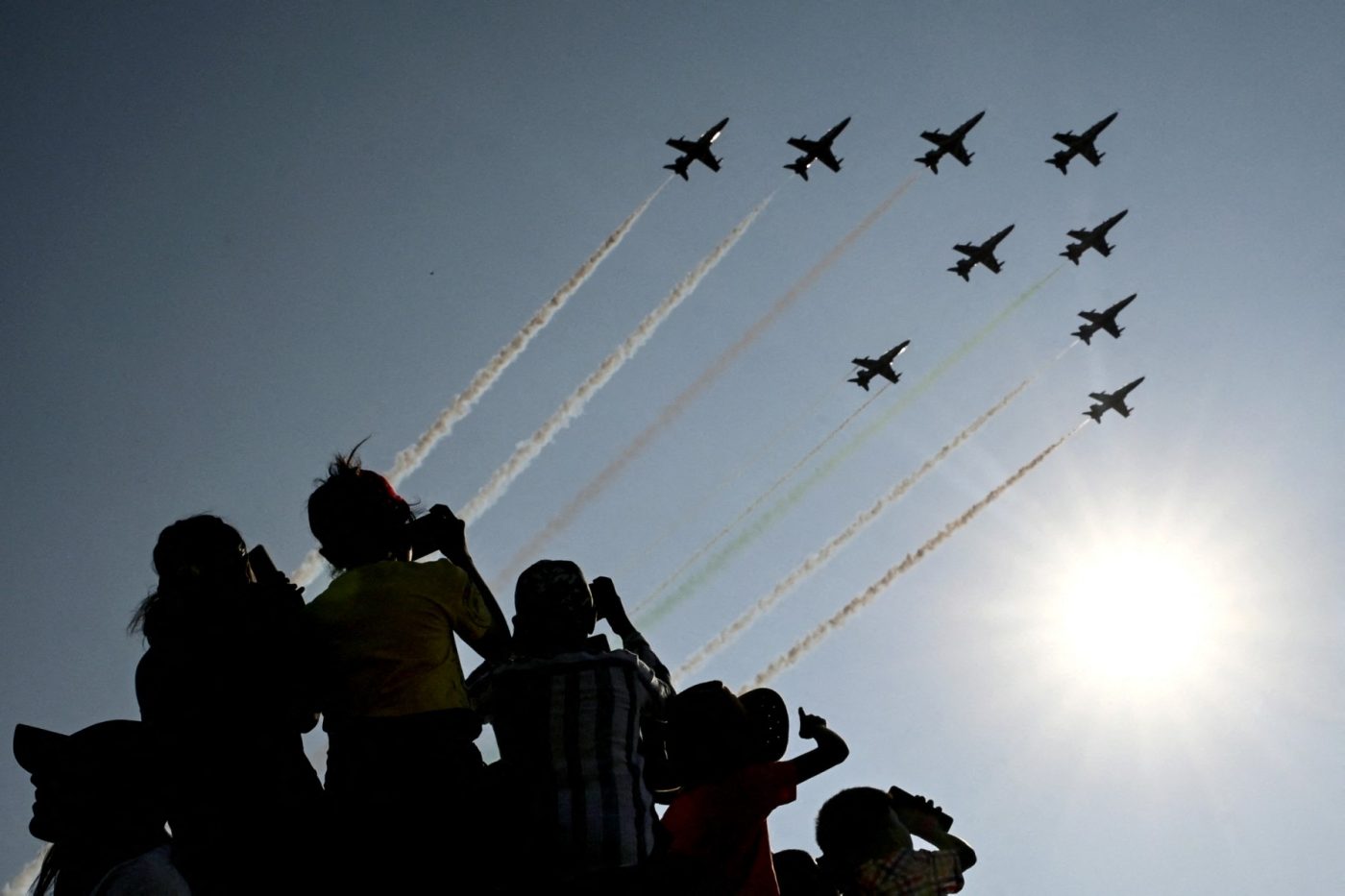
On the other hand, the PLAAF, for all its might, is an untested air force. The last time PLAAF aircraft shot down an enemy manned aircraft was in April 1967, during the Vietnam War.
This lack of combat experience over the last nearly six decades could be a significant factor in the WDMMA ranking India ahead of China.
Additionally, according to the WDMMA, while the PLAAF is ahead of the IAF in the absolute number of aircraft, the IAF is a more balanced air force.
The WDMMA report highlights that 31.6% of the IAF’s aircraft are fighters, 29% helicopters, and 21.8% trainers, categorizing India’s fleet as a “balanced unit.”
This contrasts with China’s structure, where 52.9% are fighters and 28.4% trainers, indicating heavy combat concentration but less operational diversity.
The IAF’s balanced mix enhances its multi-domain response capability, including rapid transport, training, and special mission operations.
Furthermore, the IAF has a healthy mix of French, Russian, American, and indigenous aircraft. The IAF currently operates a powerful mix of 4.5-generation platforms, including the Sukhoi Su-30MKI, Dassault Rafale, and Tejas Mk1, alongside upgraded Mirage 2000, Jaguars, and MiG-29 fighters.
In contrast, the Chinese Air Force has only legacy Russian aircraft and indigenously developed aircraft.
The IAF is also modernizing rapidly. India conducted the first flight of its Tejas MK1A on October 17, and plans to induct the first two of these Tejas variants before the end of this year.
The IAF has currently placed an order for 180 Tejas MK1A fighter jets.
Additionally, India is also considering purchasing 114 Rafale fighter jets under the MRFA tender. There is also speculation that India could add 3-4 squadrons of the Russian fifth-generation fighter jet, the Su-57.
India is also developing its own fifth-generation fighter jet, the AMCA.
However, despite these robust modernization plans, the PLAAF has some distinct advantages over the IAF, and New Delhi must not get carried away with these rankings.
Why WDMMA Rankings Could Be Misleading
Firstly, according to WDMMA’s own admission, it has not factored in countries’ UAV fleets.
“Due to discrepancies regarding UAV reporting between countries and sources, unmanned vehicles are currently not tracked by WDMMA,” it said.
This is a crucial handicap given that UAVs are such a significant force in today’s war doctrines, as demonstrated by the ongoing Russia-Ukraine war.
China has made significant advances in UAV technology. China, along with the USA and Turkey, is among the world’s three biggest combat drone exporters.
China has also developed stealth combat drones, such as the GJ-11 Sharp Sword. China is also trying to integrate the GJ-11 Sharp Sword with its stealth fighter jet, the J-20, in a Manned-Unmanned Teaming (MUMT) format.
Also, WDMMA says it factors in the “local aero-industry capabilities”; however, China is much ahead of India in this field.
China has developed the 4.5-generation J-10C fighter jet and has also exported it to Pakistan. The fighter jet has been combat-tested against the IAF during the India-Pakistan war in May this year.
According to reports, China might win two more export orders for its J-10CE fighter jets from Indonesia and Bangladesh.
China is the world’s only country, apart from the US, which has developed two fifth-generation fighter jets, the J-20 and J-35A. Beijing has also developed a carrier variant of the J-35A.
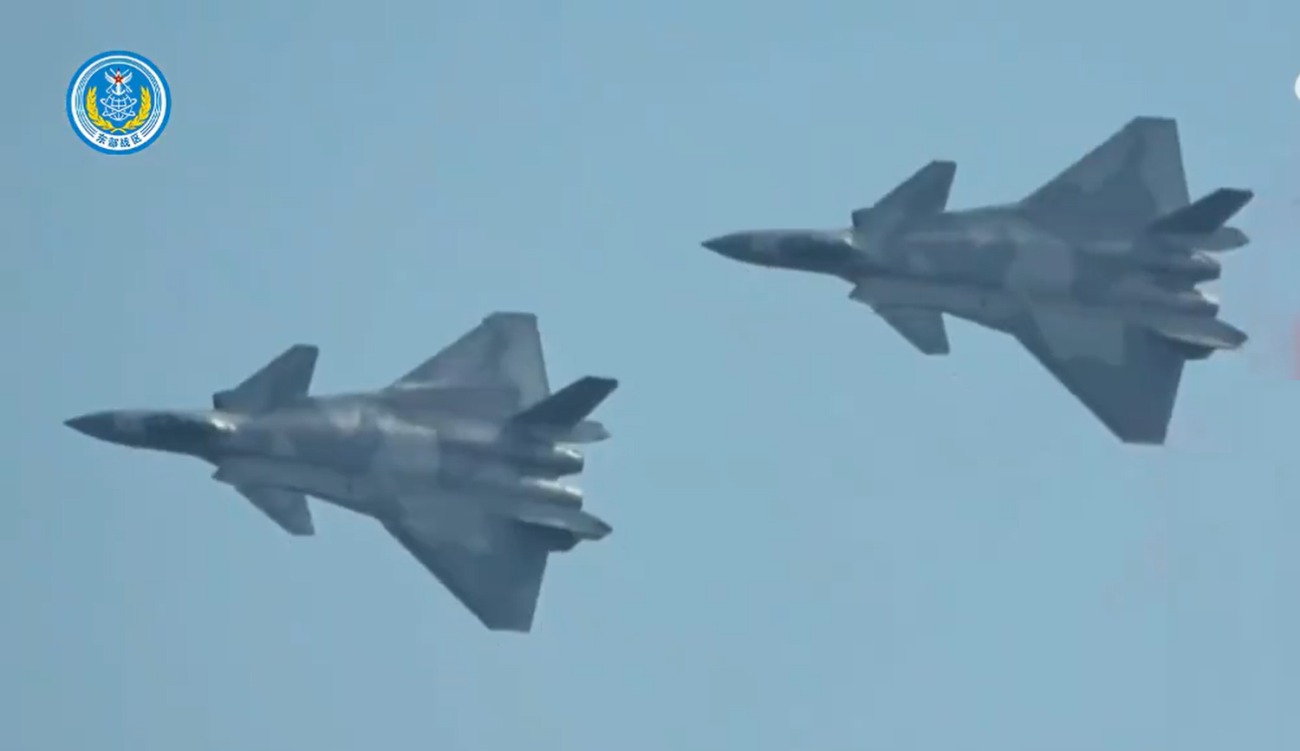
China has already inducted more than 300 stealth aircraft, the J-20. India’s stealth program, the AMCA, is still at least a decade away from induction, by which time China will have a fleet of over 1,000 indigenous stealth aircraft.
China is also testing two sixth-generation aircraft, tentatively named the J-36 and J-50. It is also developing its indigenous stealth bomber, H-20, and AWACS aircraft, such as KJ-3000.
Clearly, China is years, if not decades, ahead of India in its local aerospace industry.
Furthermore, China has developed its own armaments, including the long-range PL-15 and PL-17 AAMs, GaN-based AESA radars, and indigenous jet engines such as the WS-10 and WS-15.
China is not only ahead in terms of the absolute number of aircraft but also has an edge over the IAF in technology (no stealth aircraft with the IAF), the local aerospace industry, and indigenously developed fighter jets.
Furthermore, the PLAAF has a better networked air force, with its fighter jets, drones, AEW&C, ground-based radars, and even satellites, all connected with each other.
China also has a stranglehold over the supply of rare-earth magnets, which are crucial for fighter jets, missiles, and radars.
The IAF might have an edge in combat experience and pilot training, but can it square off against China’s defense-industrial capacity, its monopoly over the supply of rare-earth magnets, higher number of aircraft, and more advanced stealth jet technology?
The answer might be more complex than what the WMDDA ratings might suggest.
- Sumit Ahlawat has over a decade of experience in news media. He has worked with Press Trust of India, Times Now, Zee News, Economic Times, and Microsoft News. He holds a Master’s Degree in International Media and Modern History from the University of Sheffield, UK.
- VIEWS PERSONAL OF THE AUTHOR.
- He can be reached at ahlawat.sumit85 (at) gmail.com

